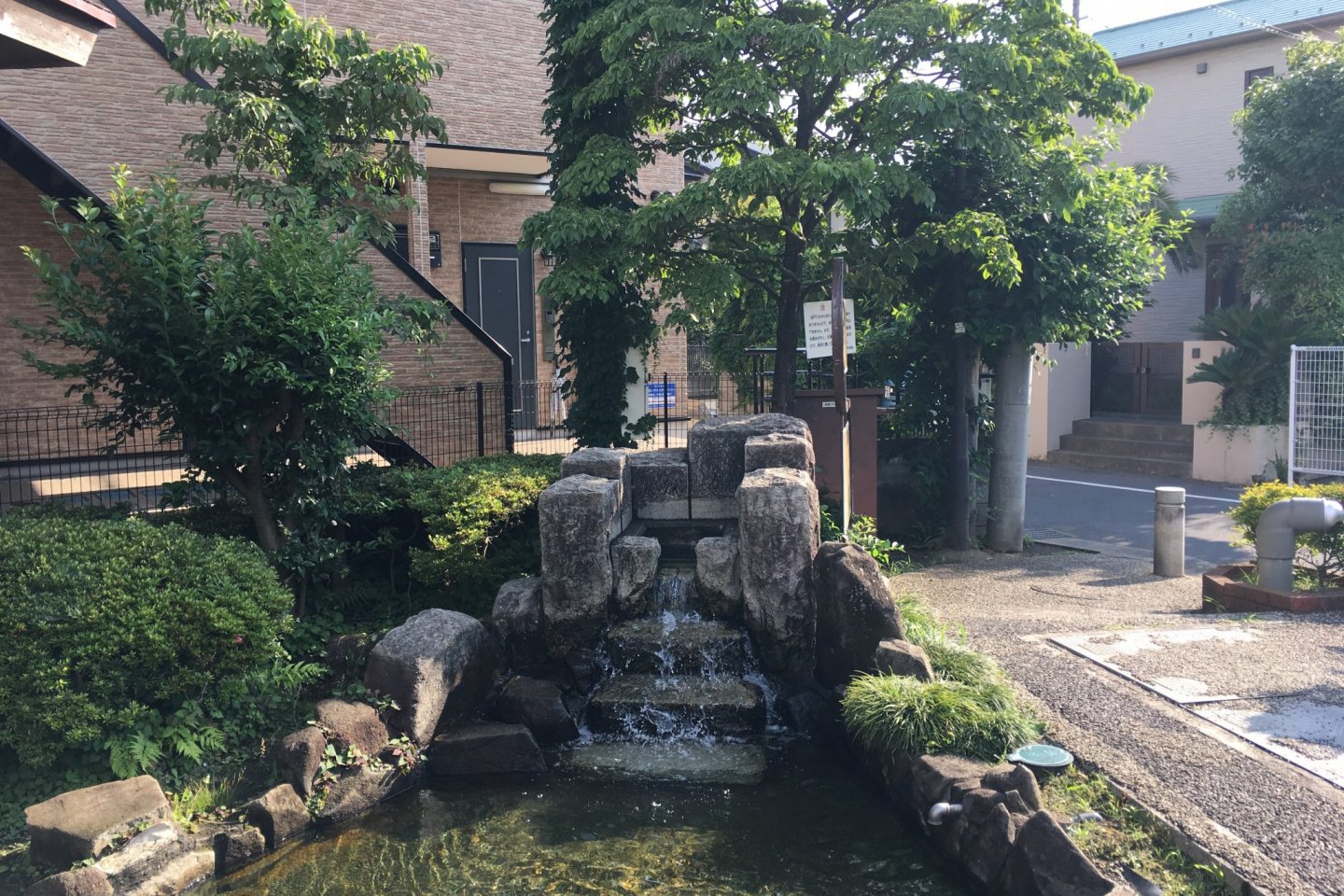Overview
It may be Metropolitan Tokyo's smallest municipality but Komae City somehow punches above its weight with a surprising selection of historical tidbits and local spots. From legendary ponds to ancient tombs, here is an easy introduction to some of the history and landmarks of Komae City and how to reach them.
Benzaiten Pond
The story goes that the Buddhist monk Ryoben visited the area when it was suffering a serious drought in the 8th century. In an attempt to help, he prayed for rain and a gush of water appeared from the ground below. This water is now the Benzaiten Pond and is part of a little green space on the edge of the station.
A 2-minute walk from Komae Station on the Odakyu Odawara Line.
Ii Naosuke Monument
The 4m-high Ii Naosuke Monument was built in 1901 to commemorate and honour Ii Naosuke, a daimyo and statesman of the 19th century. Known for his attempts to maintain the Tokugawa Shogunate's power during its declining years, Naosuke nonetheless believed in opening up Japan to help it learn from the outside world.
A 12-minute walk from Komae Station on the Odakyu Odawara Line.
Inogata Ogawa Tomb
One of a number of ancient kofun tombs found in the city, the Inogata Ogawa Tomb is uniquely located. Surrounded by homes and situated in a tailor-built viewing area, the tomb dates back to the 7th century. The tomb has been officially recognised as an Historical Site by both the Tokyo government and Komae City.
A 6-minute walk from Izumi-Tamagawa Station on the Odakyu Odawara Line.
Oyu-dokoro Nogawa
A sento public bathouse that is a quasi-icon in the area, Oyu-dokoro Nogawa offers a lit up bathing experience. Priding itself on an old style heating system, complete with chimney, and its outdoor bathing option, this local bathhouse alternates its of lavender and mizubasho leaf between its male and female bathing sections.
A 10-minute walk from Kitami Station on the Odakyu Odawara Line.





























